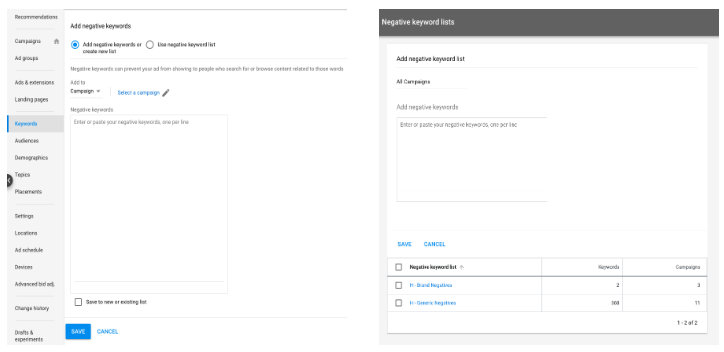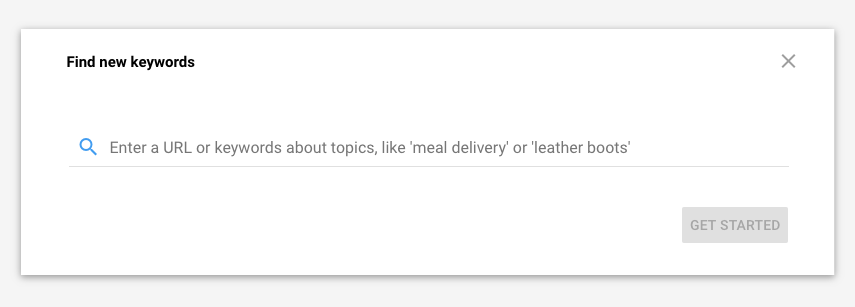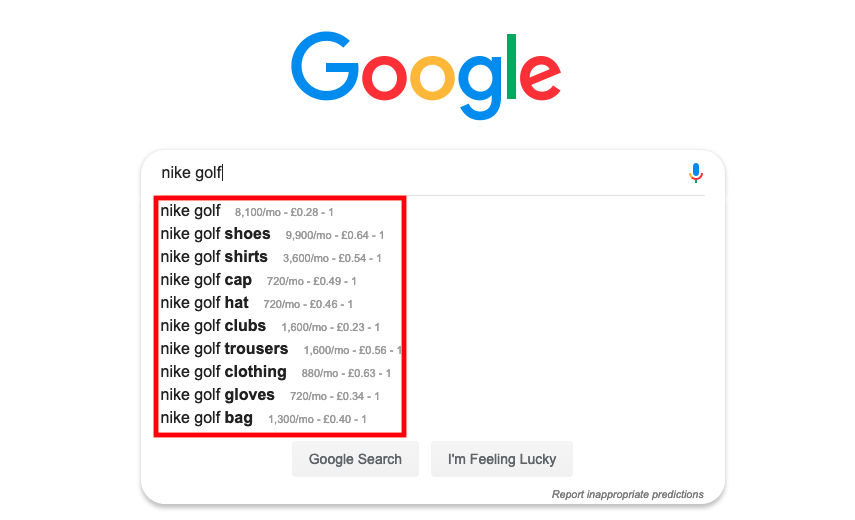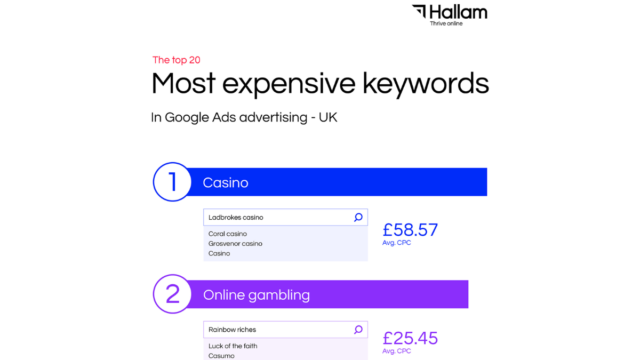There are a few different ways to research negative keywords to ensure you’re not missing any potentially big budget wasters. Below we’ll look at a few different ways you can find the right negative keywords.
Adding negative keywords to your Google Adwords campaign
Before we get into researching, there are a couple of ways you can add negative keywords to your Google Adwords account. Add your campaign or ad group specific negatives at the individual level. For broader, cover-all type, negative keywords add them at the account level with a shared list.

Method 1: Search term reports
Reviewing the search term report is probably the most common way of finding new negative keywords. Schedule in a task to run through the search term report and add in any negatives you find. When adding the negatives, be aware of the match types you’re using. Match types are just as useful with negative keywords as they are for regular keywords. If you spot a phrase that’s irrelevant adding through the interface will add as an exact match. Consider splitting the irrelevant keywords up into individual phrases and add them as broad or phrase match.
Method 2: Google keyword planner
The keyword planner is the go-to when it comes to finding the right keywords. However, It can also be a great tool for finding those keywords which you don’t want to show for! Enter your website or topic within the keyword planner and Google will provide a list of all the linked terms. This can be a great way of finding the hidden gem negative keywords. Run through the suggestions and see if there are any that aren’t relevant and can be added as negatives.

Method 3: Google suggested searches
You can learn a lot about what people search for by simply entering some of your main keywords into Google and reviewing the suggested searches. This tends to show the most commonly entered terms based on the keywords you enter. Combine this with a Google Chrome extension like KeywordsEverywhere and you can even get traffic estimates. You can also review the organic results to find any other products, services or pages people may be looking for with similar titles. The “related to” links at the bottom are also a great help for finding variants of the keyword you entered which may not be relevant.

Thinking outside of the box
As Google makes keyword match types looser and looser, like with their changes to exact match, you’re going to be seeing more and more bizarre terms pop up.
Shopping campaigns are also a magnet for irrelevant search terms due to the way their bidding works. In addition, as more and more people are switching to automated bidding strategies and seeing their CPC’s rise, shopping campaigns could potentially begin showing for broader and less relevant terms so be vigilant with your search term reports!
With the number of people searching on Google every day, you’re bound to see some absolutely crazy search terms triggering your ads and spending your budget. It’s part of the game and is unavoidable. However, if you’re on top of it and use the above methods to continuously grow your shared lists you can massively minimise any potentially wasted spend and ensure your Google Adwords campaign is running as efficiently as ever.







